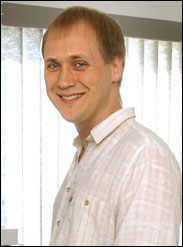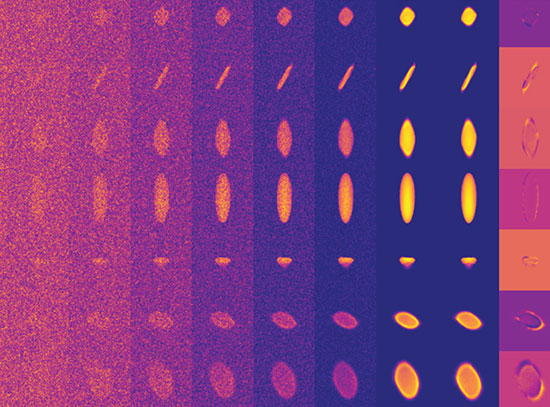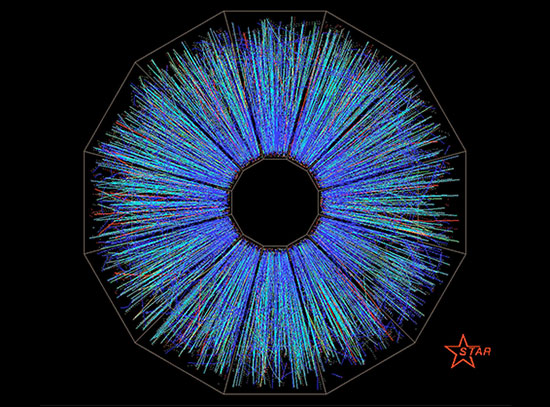Brookhaven Lab Physicist Dmitry Kayran Awarded Russian Academy of Sciences Medal for Junior Scientists
June 29, 2005
UPTON, NY - Dmitry Kayran, a physicist at the U.S. Department of Energy's Brookhaven National Laboratory, was one of three scientists who have been honored with the 2005 Russian Academy of Sciences Medal for Junior Scientists. The award is given to outstanding young scientists in an all-Russia competition. Kayran, along with Alexander Matveenko and Oleg Shevchenko, both physicists at the Budker Institute of Nuclear Physics, Novosibirsk, Russia, were honored for their work in nuclear physics.
Kayran's citation cites him "for outstanding contributions leading to the design, construction and commissioning of an RF Energy-Recovery Linac and a Free Electron Laser."
At the Budker Institute, Kayran and his colleagues had designed and built an RF Energy-Recovery Linac to be used as an electron source for a Free Electron Laser (FEL), a machine that uses electrons to generate laser light in an accelerator. At Budker, Kayran and his colleagues also designed and built an FEL that generated laser light with 150-micrometer wavelengths - an engineering and physics feat that they demonstrated for the first time. These wavelengths are important for biology experiments.
Funded by the U.S. Department of Energy's Office of Science and the U.S. Navy, Kayran is currently constructing an RF Energy-Recovery Linac at Brookhaven as a demonstration project. Eventually this type of linac, or linear accelerator that accelerates particles in a straight line, will be used as an electron-cooling machine for Brookhaven's huge accelerator, the Relativistic Heavy Ion Collider (RHIC), where heavy ions traveling at nearly the speed of light collide to form a type of matter that is thought to have last existed a millionth of a second after the birth of the universe. Electron cooling reduces the size of the heavy-ion beam, which results in increased luminosity, or rate of particle interactions - an extremely important measure of a colliding-beam accelerator's performance.
The RF Energy Recovery Linac would also be used in a proposed electron-ion collider at Brookhaven, an upgrade of RHIC known as eRHIC. By colliding heavy nuclei with electrons at high energy within eRHIC, physicists expect that the contents of the nucleus will be compressed to high enough densities to form an unusual state of maximum-density matter called color glass condensate. Investigating the properties of this type of matter may provide physicists with new information on how the universe began.
Kayran earned both a B.S. and M.S. in physics from Novosibirsk State University in Novosibirsk, Russia, in 1995 and 1997, respectively, and he earned a Ph.D. in accelerator physics from the Budker Institute of Nuclear Physics, in 2000. He worked at Budker Institute from 2000 until February 2004, when he joined Brookhaven as a research associate in the Collider-Accelerator Department.
2005-10340 | INT/EXT | Newsroom










